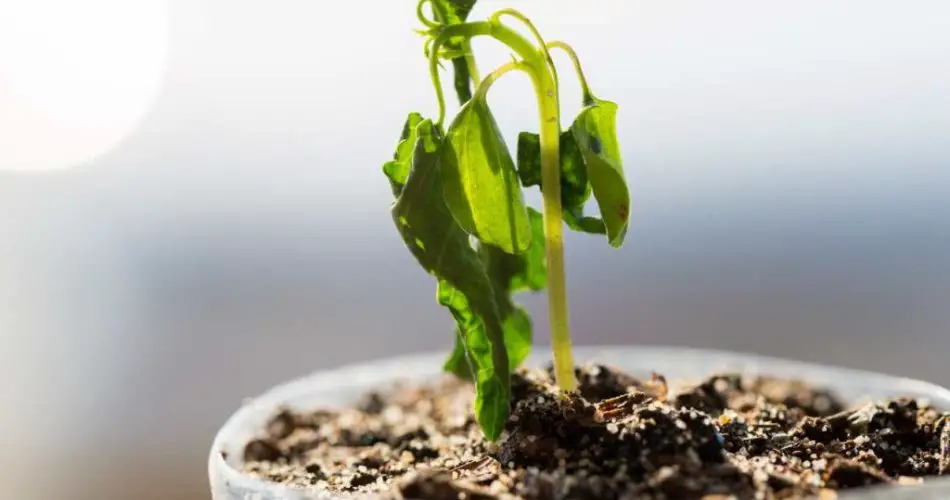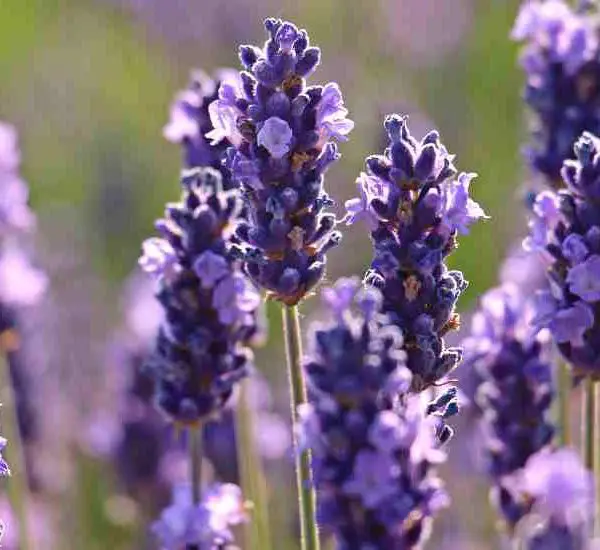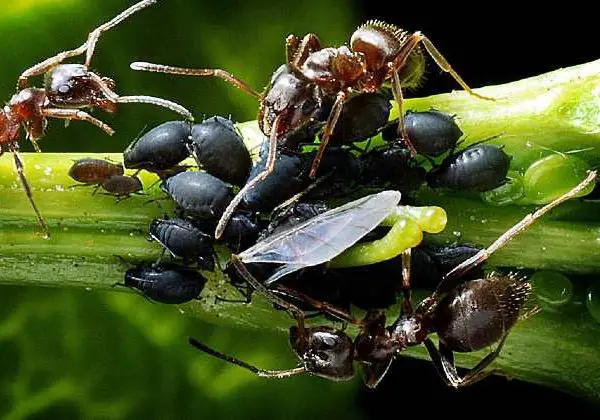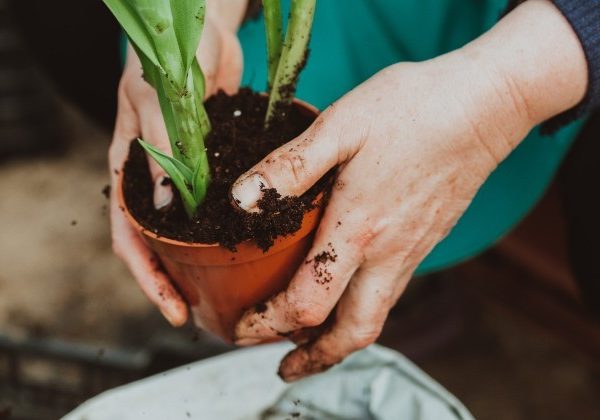Coming home from vacation only to find your beloved plants sunburned can be a frustrating experience. However, before you consider throwing them away, don’t give up just yet! With a little care and patience, your sunburned plants can make a full recovery. Here’s how to help them bounce back.
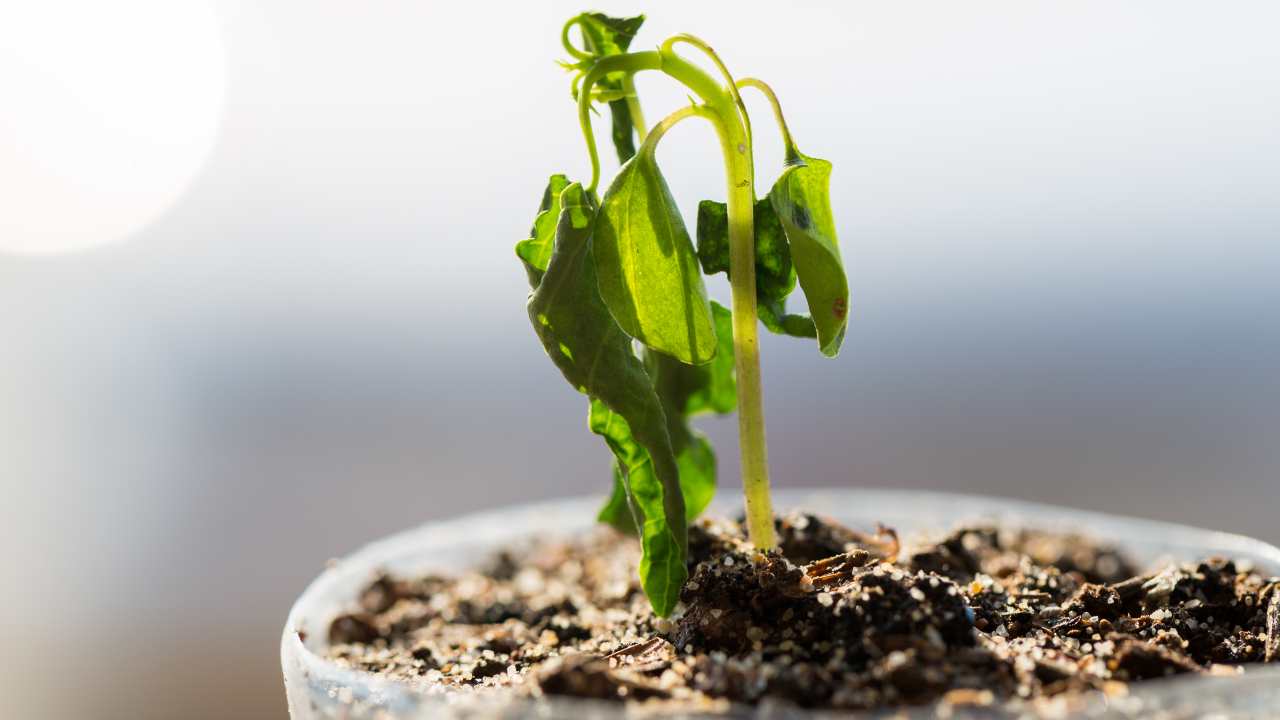
Why Do Plants Get Sunburned?
Sunburned plants are more common than you might think, especially during the scorching summer months. When plants are exposed to intense sunlight for prolonged periods, they can become stressed and suffer from sunburn, which manifests as discolored, dried, or even burnt leaves. This typically happens when plants that are not suited for extreme sun exposure are left in harsh conditions, such as on a windowsill or balcony without adequate protection.
Many factors contribute to sunburn in plants, including:
- Excessive sunlight exposure: Some plants are more sensitive to the sun and can’t tolerate intense heat and light.
- Lack of humidity: Without adequate moisture, plants cannot cool themselves through transpiration, making them more prone to sunburn.
- Environmental stresses: Pollution, disease, or sudden temperature fluctuations can further stress plants and lead to sunburn.
Even if your plant is sunburned, don’t panic. With a few simple steps, you can nurse it back to health.
How to Care for a Sunburned Plant: Step-by-Step Recovery
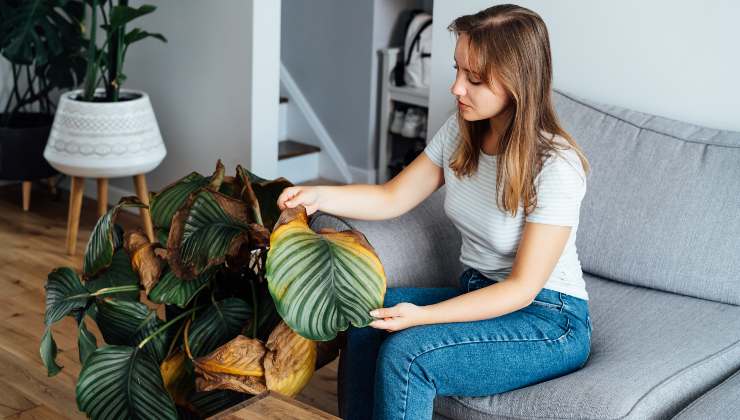
- Move the Plant to a Shaded Area
The first and most important step is to relocate your sunburned plant to a shady spot. If your balcony or garden is exposed to full sun all day, consider using temporary shade structures, like garden cloth or an umbrella, to provide relief. Reducing direct sunlight will help the plant recover without the added stress of more UV exposure.
- Prune Damaged Leaves
After moving the plant to a more suitable location, inspect the leaves for any signs of damage. Remove any dried or scorched leaves carefully with scissors, taking care not to tear the plant tissue. This will allow the plant to focus its energy on healthy growth and new foliage. Be sure not to remove too many leaves at once—leave enough for the plant to continue photosynthesis.
- Water Sparingly
When it comes to watering your sunburned plant, less is more. Overwatering can lead to root rot and further stress the plant. Instead, water it gently and sparingly, ensuring that the soil stays moist but not soaking wet. Let the plant slowly recover with moderate hydration.
- Apply Mulch to Retain Moisture
Once the damaged leaves are removed and the plant is properly watered, apply a layer of mulch around the base of the plant. Mulch, such as dry leaves or straw, helps retain soil moisture and reduces evaporation. This will help maintain the right level of humidity around the plant, which is critical for recovery.
- Feed the Plant with Balanced Fertilizer
To give your plant the nutrients it needs to regenerate, apply a balanced slow-release fertilizer. A fertilizer with equal amounts of nitrogen, phosphorus, and potassium will encourage healthy growth and recovery over time. Be careful not to over-fertilize, as this can stress the plant further.
Patience is Key: Your Plant Needs Time to Recover
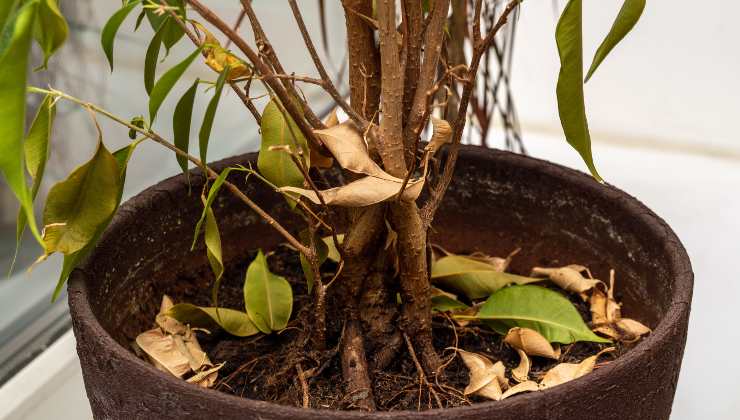
Recovering from sunburn isn’t an overnight process. Sunburned plants need time to heal, and depending on the severity of the damage, this can take weeks or even months. During this time, continue to provide consistent care and monitor the plant’s progress. Over time, it will begin to regenerate and restore its optimal health.
Conclusion: Your Sunburned Plants Can Recover
Sunburned plants don’t have to be a lost cause. By following these simple steps—moving the plant to shade, removing damaged leaves, watering carefully, applying mulch, and using balanced fertilizer—you can help your plants recover and thrive once again. Remember, patience and consistent care are key. With time, your plants will bounce back, and you’ll be able to enjoy their beauty once more.
